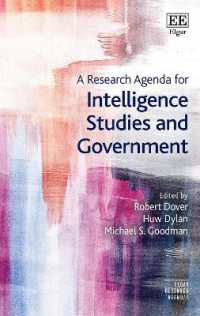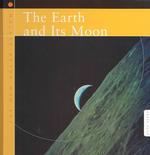- ホーム
- > 洋書
- > 英文書
- > Literary Criticism
Full Description
Examines the impact of hearing on the formal and generic development of early modern theatre
Early modern drama was in fundamental ways an aural art form. How plays should sound, and how they should be heard, were vital questions to the formal development of early modern drama. Ultimately, they shaped the two of its most popular genres: revenge tragedy and city comedy. Simply put, theatregoers were taught to hear these plays differently. Revenge tragedies by Shakespeare and Kyd imagine sound stabbing, piercing, and slicing into listeners' bodies on and off the stage; while comedies by Jonson and Marston imagine it being sampled selectively, according to taste. Listening for Theatrical Form in Early Modern England traces the dialectical development of these two genres and auditory modes over six decades of commercial theatre history, combining surveys of the theatrical marketplace with focused attention to specific plays and to the non-dramatic literature that gives this interest in audition texture: anatomy texts, sermons, music treatises, and manuals on rhetoric and poetics.
Key Features
Invites new attention to the theatre as something heard, rather than as something seen, in performanceProvides a model for understanding aesthetic forms as developing in competitive response to one another in particular historical circumstancesEnriches our sense of early modern playgoers' auditory experience, and of dramatists' attempt to shape it
Contents
1. Introduction: Audiences to this Act; 2. Sound in Mind and Body: Hearing Early Modern Revenge Tragedy; 3. 'Sprinkled among your ears': Ben Jonson, John Marston, and the Cultivation of the Listening Connoisseur; 4. 'Caviare to the general'?: Taste, Hearing, and Genre in Hamlet; 5. Listening for Form at the Cockpit Theater; 6. Epilogue; Bibliography.







